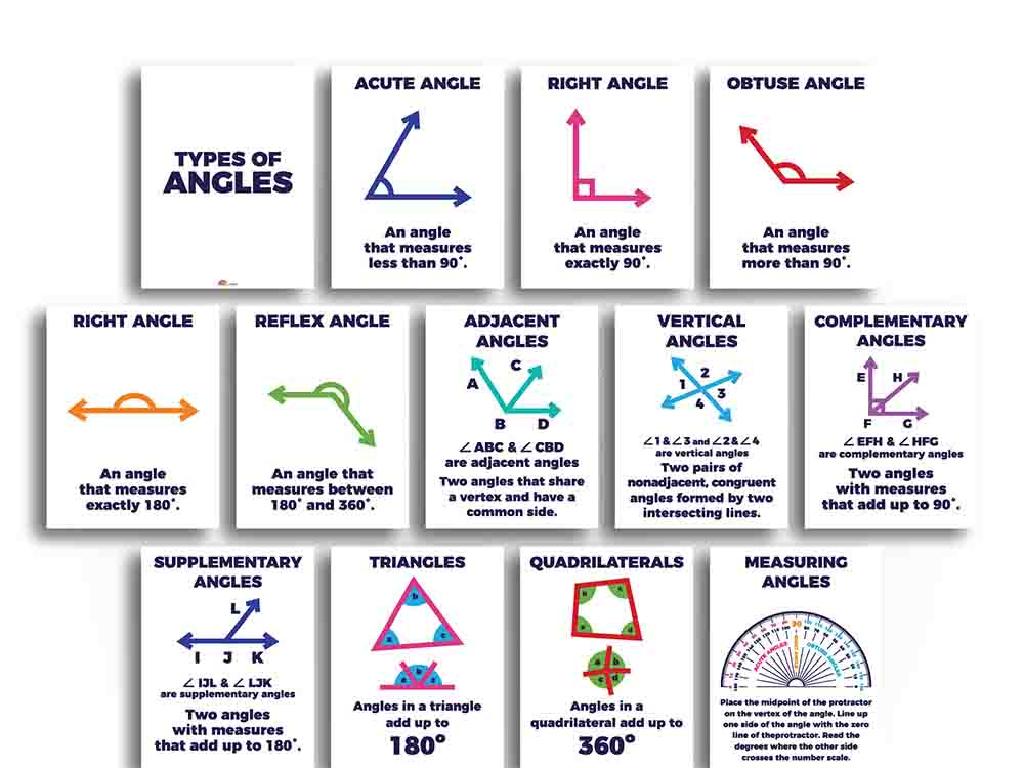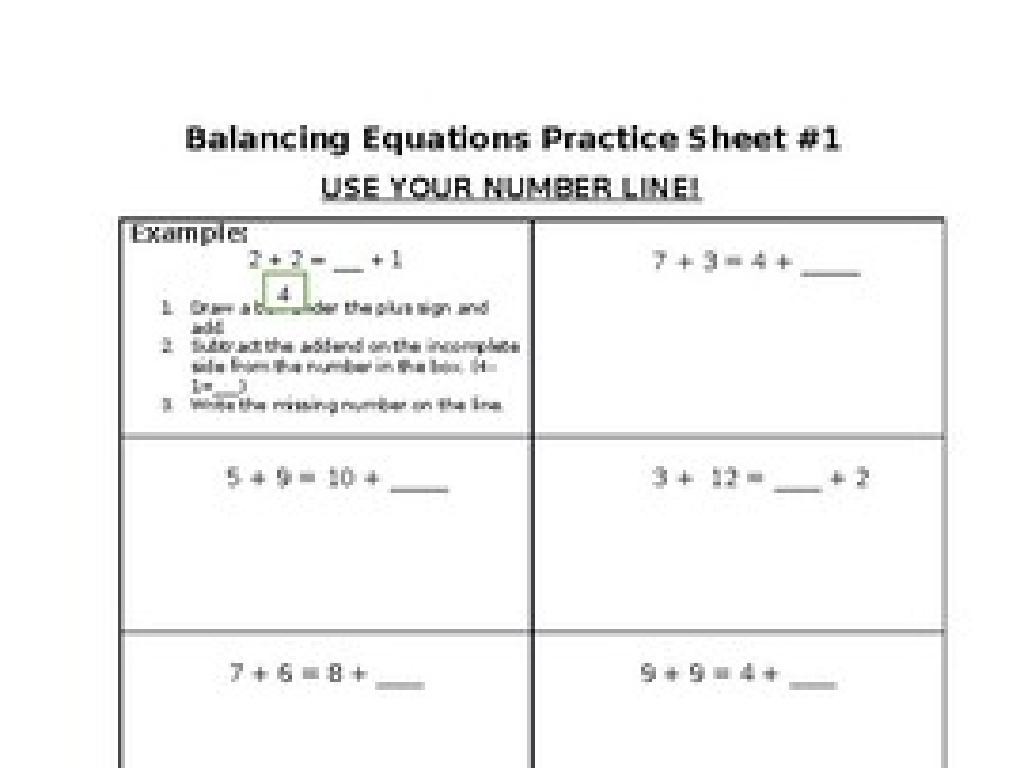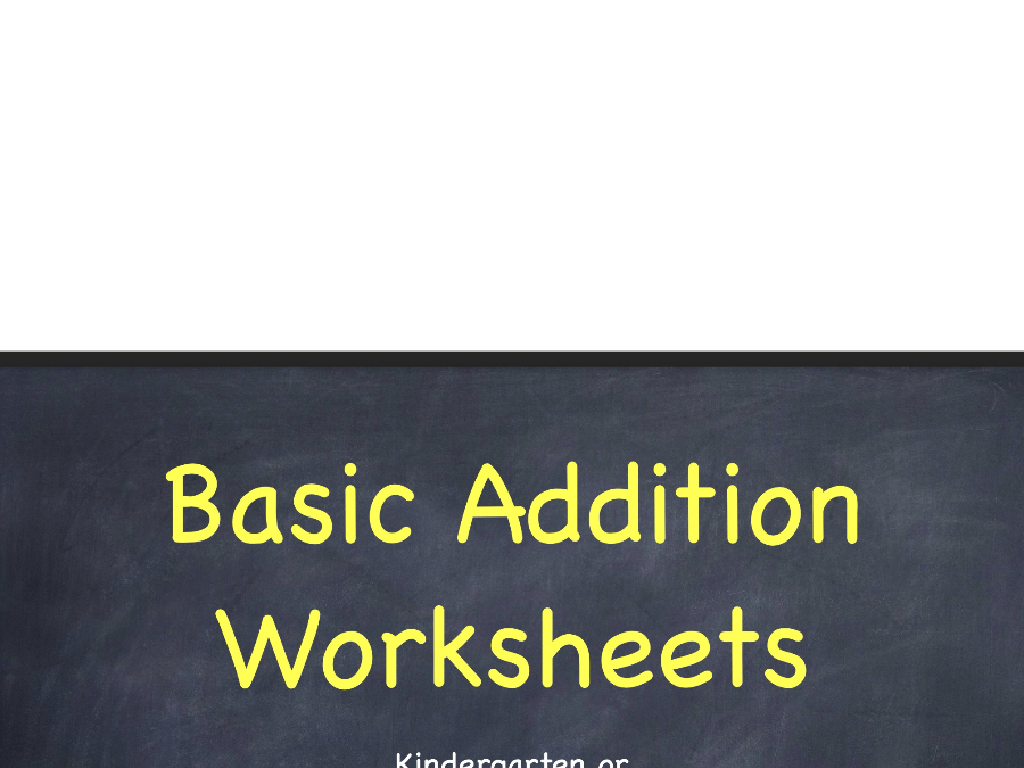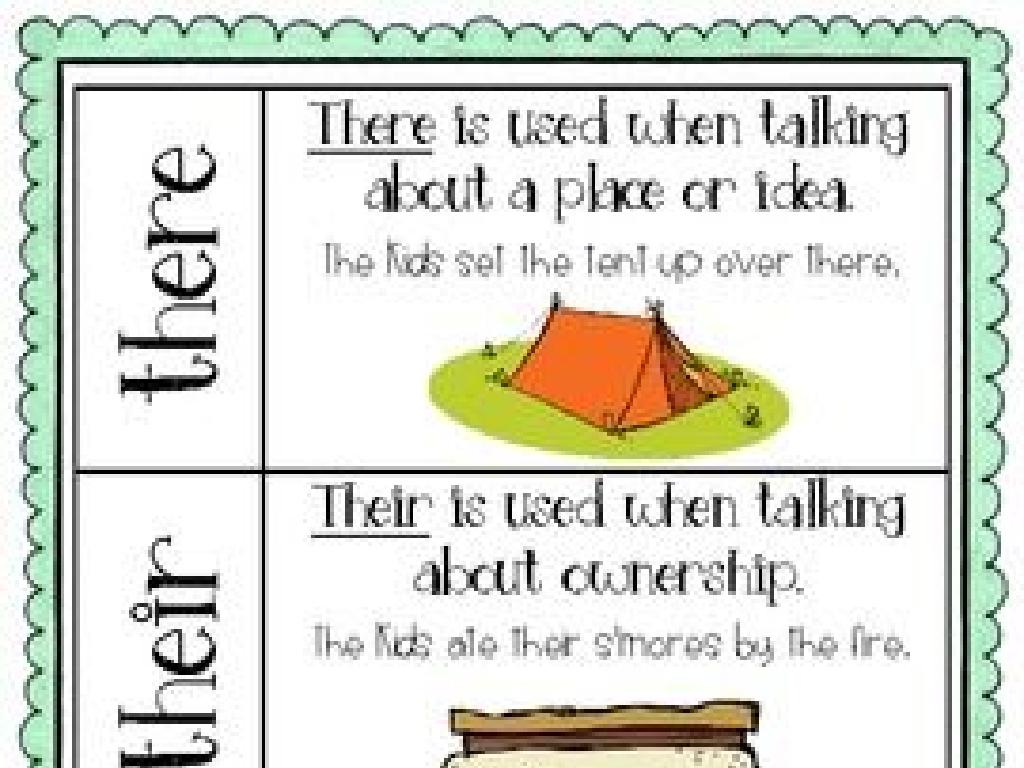Identify The Simple Subject Or Simple Predicate Of A Sentence
Subject: Language arts
Grade: Eighth grade
Topic: Sentences, Fragments, And Run-Ons
Please LOG IN to download the presentation. Access is available to registered users only.
View More Content
Understanding Subjects and Predicates
– Define simple subject and predicate
– The main noun or pronoun in a sentence is the simple subject, while the verb or verb phrase is the simple predicate.
– Identify subjects and predicates in sentences
– Look for the ‘who’ or ‘what’ of the sentence as the subject, and the action or state of being as the predicate.
– Differentiate between complete sentences and fragments
– A complete sentence has both a subject and a predicate; fragments are missing one or both.
– Recognize the role in effective communication
– Understanding these elements helps us write clear, coherent sentences.
|
This slide introduces the fundamental concepts of simple subjects and predicates as the essential components of sentences. Emphasize that every complete sentence contains a simple subject (the main actor or topic) and a simple predicate (what the subject is doing or what condition the subject is in). Use examples to illustrate how to find the subject and predicate. Discuss sentence fragments and run-ons as common errors that occur when these elements are missing or improperly constructed. Highlight the importance of mastering these concepts for effective communication, both in writing and speaking. Provide exercises where students identify subjects and predicates in various sentences to reinforce the lesson.
Understanding Sentence Structure
– Define a complete sentence
– A sentence has a subject, predicate, and a complete thought.
– Identify subject and predicate
– Subject: who/what the sentence is about; Predicate: tells about the subject.
– Analyze sentence examples
– ‘The dog barked loudly.’ – ‘The dog’ is the subject; ‘barked loudly’ is the predicate.
– Practice identifying components
|
This slide introduces the basic components of a sentence to help students identify the simple subject and predicate. Begin with the definition of a sentence, emphasizing that it must express a complete thought. Explain that every sentence is made up of two main parts: the subject and the predicate. The subject is the person, place, thing, or idea that the sentence is about, while the predicate explains what the subject is or does. Use clear examples to illustrate complete sentences and their components. Encourage students to practice by identifying the subject and predicate in various sentences. This foundational knowledge will aid in understanding more complex sentence structures and in avoiding sentence fragments and run-ons.
Sentence Structure: Fragments vs. Run-ons
– Define Sentence Fragment
– An incomplete sentence missing a subject, predicate, or complete thought.
– Explain Run-on Sentence
– A sentence that combines two or more independent clauses without proper punctuation.
– Identify Fragments and Run-ons
– Use examples to distinguish between complete sentences, fragments, and run-ons.
– Practice with Examples
|
This slide introduces students to the concepts of sentence fragments and run-on sentences, which are common issues in writing. A sentence fragment is an incomplete sentence that lacks a main clause, while a run-on sentence contains two or more independent clauses that are not correctly joined or separated. Provide clear examples to illustrate both concepts. For instance, ‘Because I went home’ is a fragment because it doesn’t express a complete thought. ‘I went home I was tired’ is a run-on because it lacks proper punctuation between the two independent clauses. Encourage students to look for these issues in their writing and practice correcting them. The activity should involve identifying fragments and run-ons in example sentences and rewriting them correctly.
Understanding the Simple Subject
– Define the simple subject
– The main noun or pronoun that the sentence is about.
– Steps to find the simple subject
– Look for the main noun/pronoun; ignore extra details.
– Examples of simple subjects
– ‘She’ in ‘She runs daily’, ‘Dog’ in ‘The dog barked loudly.’
|
This slide introduces the concept of the simple subject in a sentence, which is essential for understanding sentence structure. The simple subject is the main noun or pronoun that the sentence is about, and it’s important for students to be able to identify it to grasp the core meaning of a sentence. When finding the simple subject, students should focus on the main word without getting distracted by modifiers or additional phrases. Provide clear examples to illustrate simple subjects in context. Encourage students to practice by identifying the simple subject in various sentences and explain that understanding this concept will help them avoid sentence fragments and run-ons.
Understanding the Simple Predicate
– Define the simple predicate
– The main verb or verb phrase in the sentence
– Steps to find the simple predicate
– Identify the action or state of being. Ask ‘What is the subject doing?’
– Examples of simple predicates
– ‘Runs’ in ‘The dog runs.’; ‘Is’ in ‘She is a teacher.’
|
The simple predicate is the essential verb or verb phrase that tells something about the subject. It’s important to convey to students that every sentence must have a simple predicate to be complete. To find it, they should locate the action or state of being in the sentence. Provide clear examples where the simple predicate is easily identifiable, and then move on to more complex sentences. Encourage students to practice by identifying the simple predicate in various sentences, both in literature and in their writing. This will help them understand sentence structure and improve their grammatical skills.
Let’s Practice: Simple Subjects & Predicates
– Identify subjects in sentences
– The subject is who or what the sentence is about.
– Find predicates in sentences
– The predicate tells what the subject does or is like.
– Group activity: Find & Share
– Work in groups to identify subjects and predicates.
– Discuss examples as a class
– Share findings with the class for discussion.
|
This slide is designed for a class activity to practice identifying simple subjects and predicates. Begin by explaining that the simple subject is the main noun or pronoun that the sentence is about, while the simple predicate is the verb or verb phrase that tells something about the subject. Divide the class into small groups and provide them with example sentences. Each group will identify the simple subjects and predicates in their sentences. Afterward, groups will share their findings with the class, fostering a discussion about any challenging parts. This activity will help reinforce the lesson and encourage collaborative learning. Provide guidance and clarification as needed.
Class Activity: Crafting Sentences
– Create your own sentences
– Find and mark simple subjects
– The ‘who’ or ‘what’ the sentence is about
– Find and mark simple predicates
– The action or state of being in the sentence
– Share sentences with the class
|
This activity is designed to help students practice identifying the core components of a sentence: the subject and the predicate. Students will create their own sentences, which encourages them to think about sentence structure and the role of each word within a sentence. After crafting their sentences, they will underline or highlight the simple subject, the main noun or pronoun in the sentence, and the simple predicate, the main verb or verb phrase that tells something about the subject. Once they have identified these elements, students will share their sentences with the class, providing an opportunity for peer learning and for the teacher to give feedback. Possible variations of the activity could include creating complex sentences, identifying subjects and predicates in pairs, or turning the activity into a game where students exchange sentences and identify each other’s subjects and predicates.
Review and Reflect: Subjects and Predicates
– Recap of today’s lesson
We learned to identify the simple subject and predicate in sentences.
– Importance of subjects and predicates
Understanding these elements helps us grasp sentence structure.
– Application in writing and speaking
This knowledge aids in crafting clear and coherent sentences.
– Encouragement for practice
|
Today’s lesson focused on identifying the simple subject, which is the main noun or pronoun that the sentence is about, and the simple predicate, which is the main verb or verb phrase that tells us what the subject is doing. Recognizing these key components is crucial for understanding and constructing sentences effectively. This skill is not only fundamental for writing but also enhances verbal communication. Encourage students to practice by identifying subjects and predicates in their favorite books or even in conversations. This will help solidify their understanding and improve their language skills.
Homework: Subjects and Predicates
– Complete the worksheet provided
– Write 5 original sentences
– Be creative and think of different topics
– Identify subjects in your sentences
– The subject is who or what the sentence is about
– Highlight predicates in your sentences
– The predicate explains what the subject does or is like
|
This homework assignment is designed to reinforce the lesson on identifying simple subjects and simple predicates. The provided worksheet will guide students through examples and structured practice. Additionally, writing original sentences will encourage students to apply their understanding creatively. When identifying subjects and predicates, remind students that the subject is the main noun or pronoun that the sentence is about, while the predicate contains the verb and provides information about the subject. Encourage students to share their sentences in the next class for peer review. This will not only help them learn from each other but also build confidence in their grammar skills.






